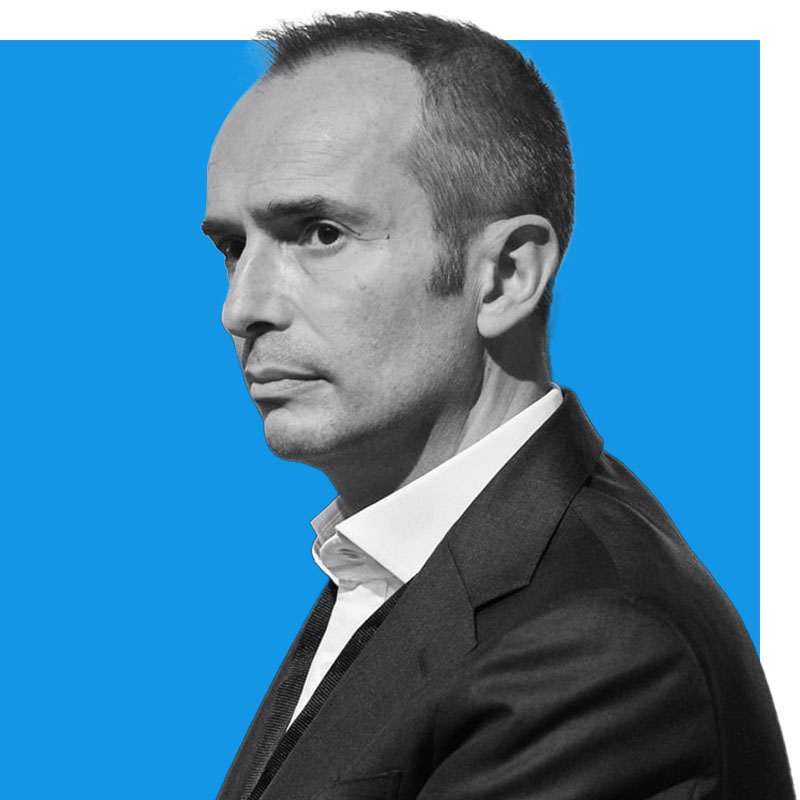Capitalising Impact
An interview with Marco Gerevini

Fondazione Social Venture Giordano Dell’Amore (or “FSVGDA”) is fostering the development of impact investing and social innovation in Italy. Their strong commitment and creative thinking allowed them to go beyond the traditional boundaries of finance and create a new financial instrument that reinforces organisations meeting their own impact objectives: the impact grant.
Responding to the EVPA community’s interest in new forms of finance that blend impact and financial incentives, Marco Gerevini, board member at FSVGDA, shared more details about this innovative instrument and the journey that led to its creation.

What led Fondazione Social Venture Giordano Dell'Amore to launch the impact grant?
Our foundation has the mission to promote impact investing and social innovation in Italy and Europe. We have a team of 10 professionals with strong expertise in designing innovative financial instruments and measuring impact. In impact investing in particular, but more in general in social finance, we see the need to experiment with new solutions and new instruments and, at the same time, the need to enhance the culture of impact measurement. This instrument is the perfect example of our effort in this direction.
Could you explain how the impact grant works in detail?
In 2022, Fondazione Social Venture Giordano Dell'Amore launched for the first time in Italy the experimentation of an innovative financial structure called "Impact Grant": a structure that allows the beneficiary company of an investment to transform a portion of it as a non-refundable grant, in the event of the achievement of pre-agreed social impact objectives.
The first operation in which this innovative structure was tested with the support of the legal office of Confcooperative and Studio Gattai, Minoli, Partners – was the investment by FSVGDA of €300,000 in Vesti Solidale, a social cooperative which operates in the sector of personal, environmental and social services, favouring job opportunities for disadvantaged people.
The investment in Vesti Solidale was made through the subscription of shares as a financing partner. In particular: €200,000 euros in standard financing shares; €100,000 in "self-extinguishing" shares, the amount of which, upon reaching of pre-agreed impact conditions (or KPIs), will be allocated to the Cooperative's indivisible and non-distributable reserve. This "self-extinguishing" component is the core of the instrument; it is particularly relevant because it incentivises Vesti Solidale to meet the impact conditions in order to reinforce its capital with a grant-like effect. In the event that the Cooperative does not achieve the agreed objectives, these actions will lose the feature of extinguishability, maintaining the prerogatives of the standard shares.
What is the impact need you are trying to address with this instrument? How is the impact generated by this instrument additional?
It encourages the achievement of the pre-agreed KPIs and their measurement: there is the need to have a very strict and transparent procedure to measure them, since their achievement triggers the automatic and immediate extinguishment of the shares, without the need for any additional approval or resolution, and the loss, for the investor, of all governance and capital-related rights. The additionality of the Impact Grant is embedded in its nature: the incentive to obtain the impact is such that the investment will increase the quantity or quality of the social or environmental outcome beyond what would otherwise have occurred without our intervention.
Why have you chosen to go beyond the usual financial instruments? Why, among all hybrid financial instruments that already exists, have you decided to create a new one?
Because the impact grant represents a new approach, a bridge between philanthropic and investment resources and allows for a considerable incentive to achieve the impact objectives and, at the same time, to strengthen the beneficiary's capital, with clear advantages on their ability to access other forms of financing and to attract new investors and lenders. In a sense, it is a tool that capitalises on impact. Any kind of impact. No other instruments currently in the market have such features.
Among hybrid financial instruments, why have you chosen the impact grant, i.e. with a portion of the equity investment that can be converted into a grant?
The Impact Grant was not an instrument available in the market. We were looking for a structure able to obtain different goals at the same time: incentivise impact and reinforce Vesti Solidale’s capital. With the support of our legal consultant, we managed to identify in the “self-extinguishing shares” the right solution, also in light of the guideline issued on 16 June 2020 by the Corporate Commission of the Milan Board of Notaries, which considers legitimate those clauses of the articles of association of companies, which provide for the automatic extinction of shares at the end of a given period or upon meeting specific and not merely discretionary conditions.
What kinds of organisations should adopt this instrument and why?
Any kind of organisation could adopt this instrument. Of course, there is the need to find investors available to structure an investment with this approach. In this respect, a possible interesting development of the Impact Grant is the possibility to involve multiple investors with different goals (i.e. prioritising financial return or impact), thus structuring the instrument accordingly.
_____
Marco will be among the speakers at Impact Week in Torino, where he will present the impactful work of FSVGDA and contribute with his knowledge and experience.

